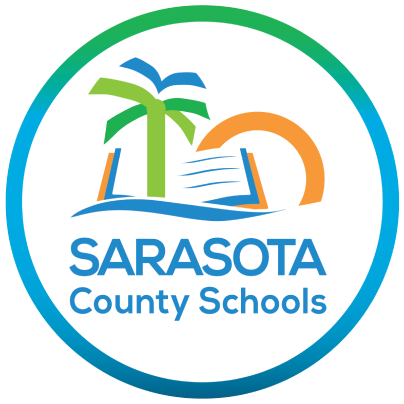
ESE Transition Services
Secondary transition refers to the process a student with a disability goes through as they move from high school to postsecondary endeavors, including postsecondary education, employment and independent living. In Florida, this process begins during the student's seventh-grade year or when the student attains the age of 12, whichever occurs first and may continue until they graduate (receive a standard diploma) or through the school year in which they turn 21.
The term “transition services” or “transition planning” means a coordinated set of activities for a child with a disability that:
Is designed to be within a results-oriented process that is focused on improving the academic and functional achievement of the child with a disability to facilitate the child’s movement from school to post-school activities, including postsecondary education, vocational education, integrated employment (including supported employment); continuing and adult education, adult services, independent living, or community participation
Is based on the individual child’s needs, taking into account the child’s strengths, preferences, and interests
Includes instruction, related services, community experiences, the development of employment and other post-school adult living objectives, and, if appropriate, acquisition of daily living skills and functional vocational evaluation.
The House Bill referenced below is specific to students with disabilities transitioning to postsecondary opportunities.
Diploma Academic Advisement
Diploma Deferment Checklist
Transition Pathways Access Points Students
Transfer of Rights
